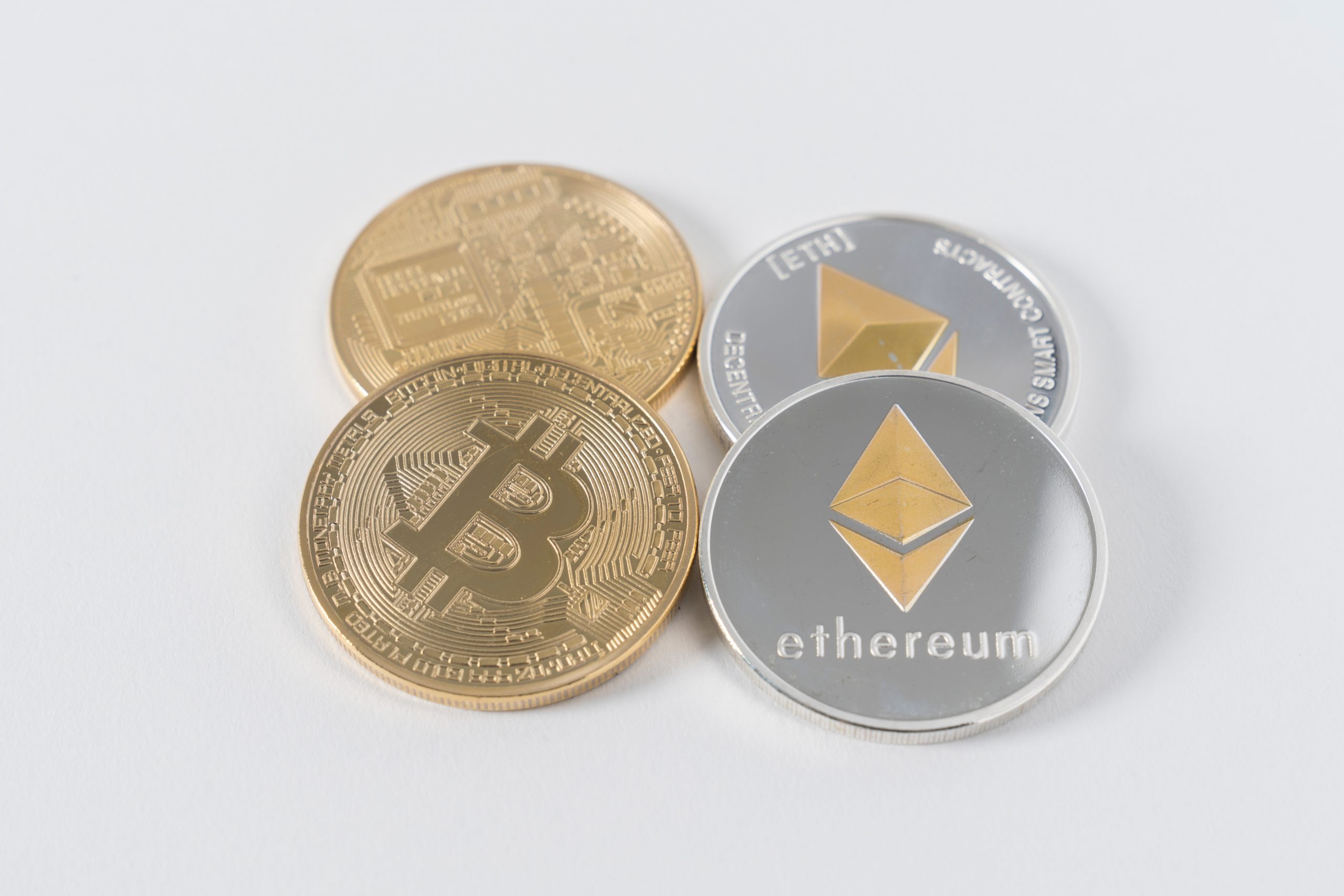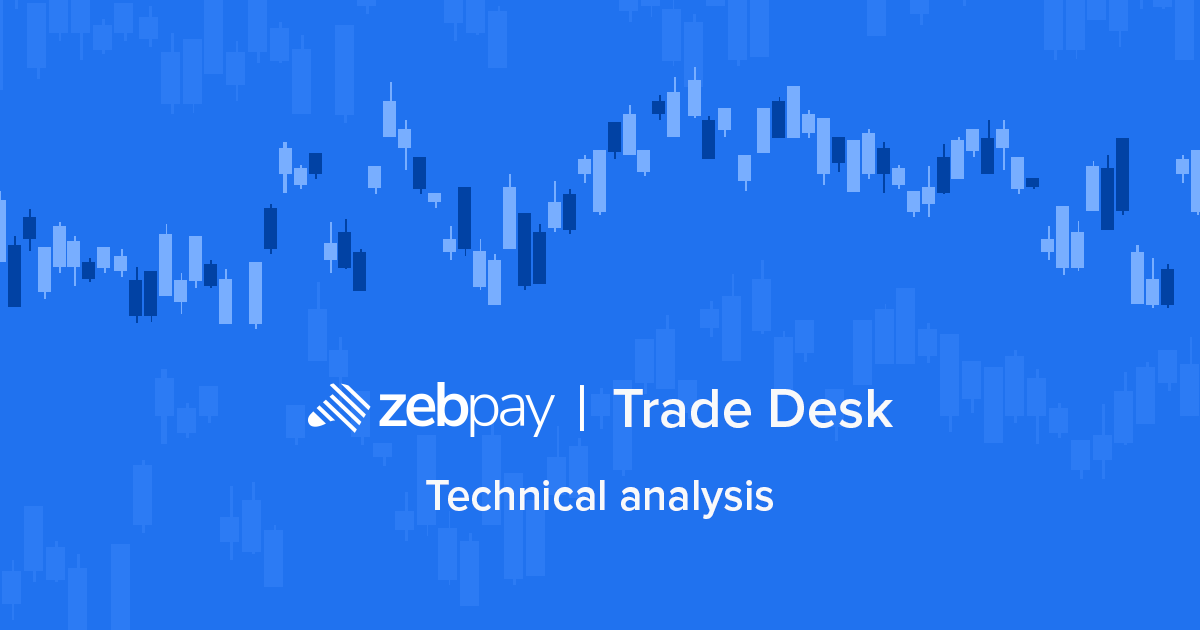10 February 2021 | ZebPay Trade-Desk
A wrapped token is a cryptocurrency token that is pegged to the value of another token. The original asset is put in a ‘wrapper’, which is essentially a digital vault that allows the wrapped token to be created and be operated on another blockchain. As different blockchains have different functionalities, this allows the wrapped token to form links between different sets of blockchains. This feature of wrapped tokens is what makes it so special, as before the advent of such a token, no two blockchains could communicate with each other. Wrapped tokens are a way to circumvent this limitation and use non-native assets on a blockchain, for example, using BTC on the Ethereum blockchain, by adopting WBTC.
How do Wrapped tokens work?
For the purposes of explaining how ‘wrapped’ tokens work, let’s consider the most popular wrapped token, WBTC. WBTC is an ERC-20 token that’s supposed to hold a one-to-one peg to the value of Bitcoin, allowing it to be effectively used as BTC on the Ethereum network. Wrapped tokens, often, require a custodian. In the case of WBTC, the custodian must hold 1 BTC for each 1 WBTC that has been minted. Proof of this reserve exists on-chain.
The wrapping process is fairly straightforward to explain, but can be complex operationally. BTC is sent to a custodian to mint. The custodian will then mint WBTC on ETH’s blockchain (Ethereum). When the WBTC needs to be exchanged back to BTC, the custodian will burn it, and the BTC is released from the reserves. The custodian acts as the wrapper or unwrapper depending upon the action it is performing. In WBTC’s case, adding and removing custodians and merchants is performed by a decentralized autonomous organization (DAO).
Benefits and Limitations of Wrapped tokens
Most blockchains have their own native tokens, and all of them have their own token standard (ERC-20 for Ethereum or BEP-20 for BSC). These standards cannot be used across multiple chains. Wrapped tokens allow non-native tokens to be used on a given blockchain. In short, they give the owners of digital assets freedom to explore other blockchains. In addition, wrapped tokens help increase liquidity and capital inflows across centralized and decentralized exchanges. It provides the ability to wrap idle assets and use them on another chain, which in turn creates a connection between otherwise isolated liquidity. Last but not the least, wrapped versions of token on a blockchain tend to allow for faster transaction times and lower fees, which significantly reduces transaction costs.
However, as the technology is still in early stages of development, most of the current implementations of wrapped tokens require trust in the custodian holding the funds. Wrapped tokens can’t be used for true cross-chain transactions just yet, and they usually need to go through a custodian. The minting process is also a costly affair due to the high gas fees, and slippages that may occur. However, some more decentralized options are fast developing which will enable completely trustless wrapped token minting and redemption.
The Wrapped BitCoin (WBTC)
Wrapped Bitcoin (WBTC) is an ERC-20 token that is pegged to and represents Bitcoin (BTC) on the Ethereum blockchain. The key feature of WBTC is its integration into the world of Ethereum wallets, dapps, and smart contracts. Through a WBTC partner, 1 BTC is converted to 1WBTC, and vice-versa. WBTC can then be used by BTC holders to participate in “DeFi” apps on Ethereum. When Bitcoin is wrapped, the cryptocurrency is held in a reserve by the BitGo Trust. In an aim to be fully transparent, the amount of WBTC in circulation is public, with proof that Bitcoin, the underlying asset, is being securely held in custody.
WBTC Snapshot (At the time of writing):
| Market Capitalization | $5,740,566,237.91 |
| Current Price | $46,193.94 |
| 24 HR Volume | $347,643,570.19 |
| All Time High/Low | $47,765.13 / $3,330.12 |
| Script in Circulation | 126,924 WBTC |
| Market Rank | #16 |
The Wrapped Tokens project, of which WBTC is a part, wasn’t founded by individuals but is rather a joint project of three organizations: BitGo, Kyber Network and Ren. Being the oldest and largest cryptocurrency, Bitcoin boasts a massive user base and a liquidity pool of several billion dollars. However, its blockchain functionality is relatively basic by modern standards. Unlike Bitcoin though, Ethereum was built to support more advanced use cases using the technology of smart contracts, and thus giving rise to an entire industry called “decentralized finance.” By “wrapping” BTC in the ERC-20 standard, WBTC enables full integration of a Bitcoin-like asset into this advanced environment of financial decentralized applications, bringing along the immense liquidity associated with the BTC market. In addition, Wrapped Bitcoin makes the job significantly easier for exchanges, wallets, and payment services that work with Ethereum. Instead of having to run two separate nodes for ETH and BTC networks, they can support WBTC operations with just an Ethereum node.
This has significantly contributed to the success of WBTC as an asset. The fact that it pegged to BTC, coupled with its ability to be more useful, through its integration capabilities, has seen the asset yield significant returns, and since its launch in early 2019.
| from ICO | -1year | -6months | -3months | YTD | |
| Return (%) | 1239.60% | 371.86% | 347.32% | 204.64% | 58.22% |
Finally, Ethereum blockchain’s faster average block time of about 15 seconds vs 10 minutes of BitCoin significantly increases the speed with which WBTC can be transacted compared to actual bitcoins and many other altcoins.
Conclusion:
Wrapped tokens help with creating more bridges between different blockchains. A wrapped token is a tokenized form of an asset that natively lives on another blockchain. This helps interoperability in the cryptocurrency and Decentralized Finance (DeFi) ecosystem. Wrapped tokens open up a world where capital is more efficient, and applications can easily share liquidity with each other. The technology is fast developing and is likely to only over the next few years.
References:
Disclaimer :
This report is not intended to be relied upon as advice to investors or potential investors and does not take into account the investment objectives, financial situation or needs of any investor. All investors should consider such factors in consultation with a professional advisor of their choosing when deciding if an investment is appropriate. The Company has prepared this report based on information available to it, including information derived from public sources that have not been independently verified. No representation or warranty, express or implied, is provided in relation to the fairness, accuracy, correctness, completeness or reliability of the information, opinions or conclusions expressed herein. This report is preliminary and subject to change; the Company undertakes no obligation to update or revise the reports to reflect events or circumstances that arise after the date made or to reflect the occurrence of unanticipated events. Trading & Investments in cryptocurrencies viz. Bitcoin, Bitcoin Cash, Ethereum etc.are very speculative and are subject to market risks. The analysis by Author is for informational purposes only and should not be treated as investment advice


